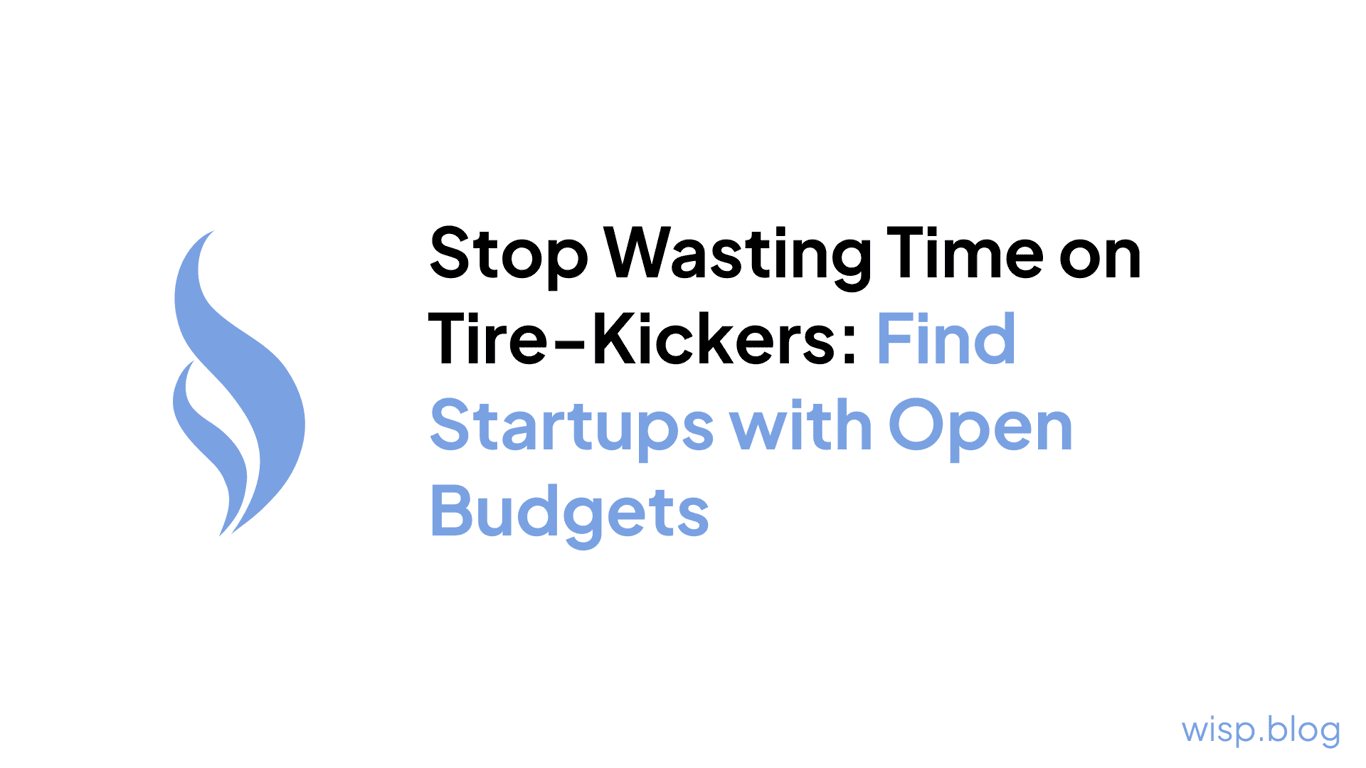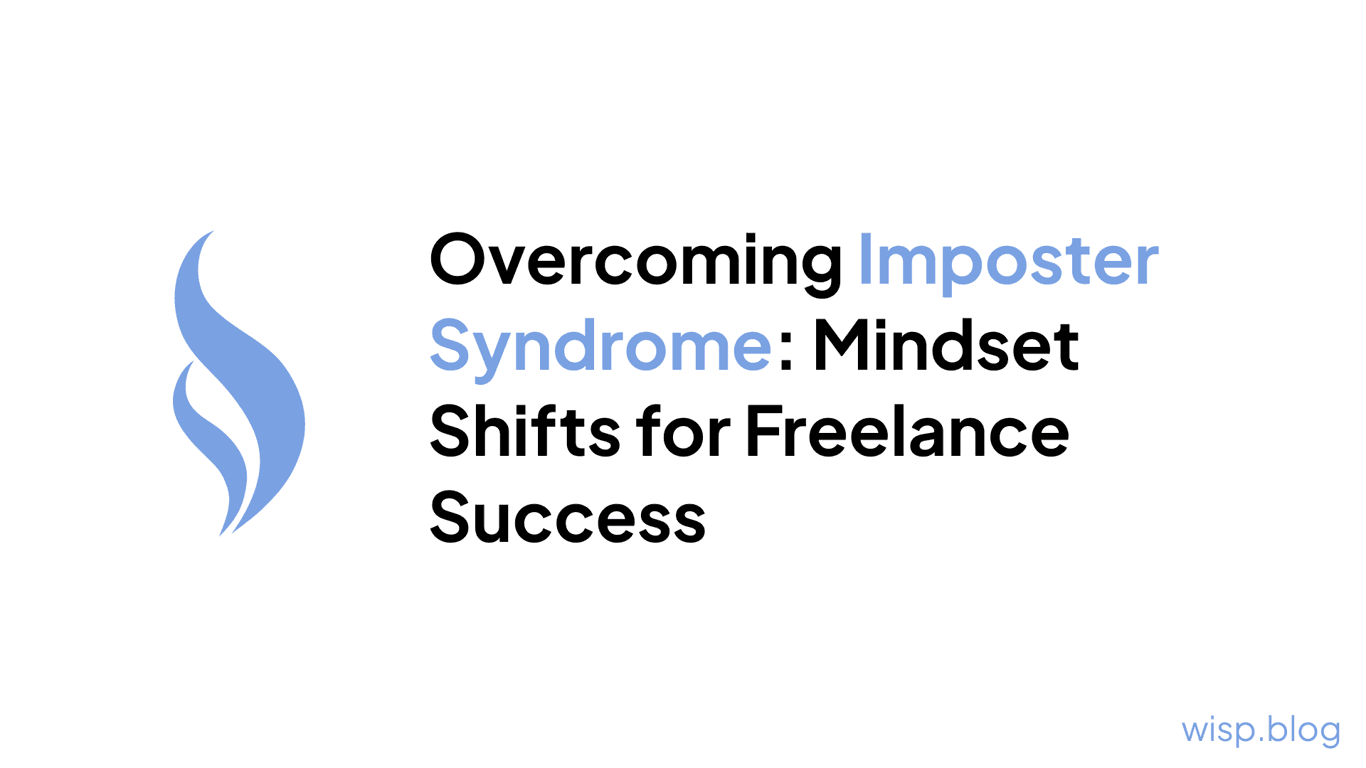
You've poured your heart and soul into building your product or service. You've invested countless hours (and likely dollars) into making it the best it can be. But now you face the biggest hurdle of all - getting your first paying customer through the door.
That first sale is more than just an economic transaction. It's a make-or-break moment that will validate (or invalidate) your entire business model. You're worried that no one will see the value you so clearly recognize. You're terrified of hearing "no" after putting yourself out there. And you're unsure if you can even pull off a convincing sales conversation.
As an entrepreneur, that first customer represents an existential crisis. Your identity and self-worth have become inextricably tied to this venture's success. You've made personal sacrifices and sold yourself on the dream of independence. But until someone actually purchases what you're selling, it remains just that - a dream.
You can't shake the nagging doubts and insecurities. What if you've missed the mark on the market's needs? What if your product simply isn't as amazing as you thought? What if you embarrass yourself by failing to articulate the value proposition? The fear of rejection is crippling.
But here's the truth - EVERY entrepreneur has been where you are right now. We've all struggled with those same fears, doubts, and mental hurdles around finding that coveted first customer. It's a universal rite of passage.
The difference between those who push through and those who quit? An unwavering belief in the value you're providing, combined with relentless determination. You have to be confident enough to charge money, but humble enough to listen and adapt based on real customer feedback.
1. Validate Your Target Audience
Work backwards from your value proposition to identify the specific people or businesses that stand to benefit most. Don't try to be all things to all people. Have a laser-focused understanding of your ideal customer profile.
To validate your target audience, start by listing out all the potential beneficiaries of your offering. Then, prioritize them based on factors like:
Their level of need for your solution
Their willingness and ability to pay
How accessible they are to your marketing/sales efforts
The upside potential in terms of lifetime value
For example, if you offer financial planning software, your highest priorities might be independent financial advisors, wealth management firms, or fintechs rather than individual consumers.
Once you've identified the 1-2 highest priority audiences, research them exhaustively:
Join their online communities (Facebook groups, Subreddits, Slack channels etc.)
Follow them on social media and observe their posts/comments
Read reviews they leave for competing products
Set up Google alerts for companies/individuals in that space
Common Pitfall: Trying to be all things to all people rather than niching down.
Pro Tip: Create detailed persona profiles capturing the demographics, psychographics, goals, and challenges for your highest value audiences.
2. Become a Student of Their Pain
Immerse yourself in the communities, forums, and channels where your prospects are sharing their frustrations related to the problems you solve. Take meticulous notes on their language, objections, and desires to shape your sales messaging.
Lurk in all the spaces your audience congregates online - forums, Facebook groups, Subreddits, Slack communities, etc. Read through threads and comments, taking diligent notes on:
How they articulate their pain points and frustrations
Their objections or concerns about potential solutions
The outcomes, results or transformations they desire
The actual words and jargon they use to discuss the problem space
For example, if you're selling accounting software, you'd want to understand all the specific headaches and inefficiencies they face with current tools or processes. Note things like:
"I hate having to manually pull reports from all these different systems..." "Keeping everything reconciled is such a nightmare each month..." "I just want something that can automate more of the grunt work..."
Common Pitfall: Only paying attention to the surface-level complaints without drilling into deeper underlying pains.
Pro Tip: Create a "swipe file" of real words, phrases and stories your prospects use so you can mirror back their language in your messaging.
3. Leverage Warm Connections
Your personal network is a huge asset. Reach out to friends, family, or existing business contacts who may need your offering. Offer discounts or bonuses in exchange for honest feedback to validate your approach.
Don't be afraid to start with the "low-hanging fruit" - anyone you already know who fits your target customer profile. They'll be more receptive since they know and trust you.
Reach out with a personal email, call, or message explaining your new offering. Offer an exclusive discount or bonus as an incentive for being an early customer. For example:
"I'm launching a new [OFFERING] and would love for you to be one of my first users. As a [FRIEND/CONTACT], I can extend a 25% discount if you're willing to test it out and give me honest feedback..."
In exchange for the discount, have them commit to jumping on a call every few weeks to share their experience, pain points, and areas for improvement. This helps validate your product/market fit.
Common Pitfall: Giving away your offering for free without getting anything in return.
Pro Tip: Set clear expectations that the discount is for feedback, not a perpetual deal. Honor the discount for a set period, but transition them to standard pricing once you've gotten sufficient feedback.
4. Try Different Prospecting Channels
Experiment with various lead sources like cold outreach, content marketing, paid ads, or posting in niche communities. Find the channels where your audience is most responsive.
Don't put all your eggs in one prospecting basket. The best approach is to test multiple channels for reaching your target customers:
Cold Outreach:
Find contact info and send personalized cold emails/LinkedIn messages
Call into businesses fitting your buyer persona
Attend relevant conferences/events and network face-to-face
Content Marketing:
Create educational blog posts, videos, podcasts etc. targeting your audience's interests
Optimize content for SEO to get found in search
Share your content in niche communities like Reddit or Facebook groups
Paid Advertising:
Run targeted ads on channels like Facebook, Instagram, LinkedIn etc.
Use retargeting to nurture warm leads who've engaged with your content
Offer free tools/resources as a lead magnet to capture email sign-ups
Niche Communities:
Identify the sub-reddits, forums, Slack groups etc. where your audience hangs out
Become an active, value-giving member before trying to promote
Look for opportunities to offer free advice and gently point people to your offering
Common Pitfall: Spreading yourself too thin across too many channels rather than doubling down on what works.
Pro Tip: Set up an inexpensive ($5-10/day) experiment for each new prospecting channel. Double down on what gets traction.
5. Be a Relentless Prospector
Finding your first customers is a numbers game. Commit to a daily cadence of outreach, follow-ups, and conversations. Persistence is key - most prospects won't convert until the 5th or 6th touchpoint.
The hard truth is that most of your outreach attempts will be met with silence, objections, or rejection at first. The key is to persist through the nos until you find your yeses.
Set a daily prospecting cadence with ambitious (but realistic) goals, such as:
50 cold emails sent per day
25 cold calls made per day
5 new conversations booked per day
10 follow-up emails sent per day
Use tools like MailShake, Outreach, or Salesloft to automate and track your outreach while still allowing for personalization.
The math may look like:
1,000 cold emails sent
50 replies received
25 conversations booked
5 sales made
It's a grind, but each of those 5 customers can be the start of powerful revenue momentum.
Common Pitfall: Giving up too soon after just a few dozen unanswered outreach attempts.
Pro Tip: Prioritize your outreach efforts based on your ideal customer profile and highest potential value accounts.
6. Listen More Than You Pitch
When you do get face time with prospects, spend more time asking questions than delivering your rehearsed pitch. Uncover their specific pain points and needs. Then explain how your solution is the perfect fit.
Too many first-time sellers make the mistake of going into sales conversations with a one-size-fits-all pitch they just vomit out. Instead, treat each prospect interaction as an opportunity to learn.
Prepare open-ended questions like:
"What are your biggest challenges with [X] right now?"
"If you could wave a magic wand, what would your ideal [X] solution look like?"
"What have you tried before to solve [X]? What did/didn't work well?"
"What's the most important factor for you when evaluating [X]?"
Listen intently to their responses, take notes, and ask follow-up questions to dig deeper into their specific needs and objections. Only once you fully understand their reality should you explain how your offering can solve their problems.
Common Pitfall: Talking too much rather than letting the prospect vent their pains.
Pro Tip: Have a list of probing questions ready, but be prepared to go off-script based on the prospect's responses.
7. Exude Humble Confidence
You need to walk a fine line between confidence in your offering and openness to feedback. Never act like you have it all figured out. But also don't be meek about charging real money for real value.
On one hand, you need to be confident enough to make a sale. Believe in the value your product/service provides and be assertive about your pricing and policies. Don't be afraid to ask for the business!
On the other hand, you need to stay humble. Don't act like you have everything figured out already. Be upfront that you're still learning and looking to improve based on real user/customer feedback. Ask prospective customers:
"What would make this offering a no-brainer for you?"
"What's holding you back from signing up today?"
"What could we do better or add to deliver more value?"
This humble confidence shows you have a solid grasp of the solution's value while still maintaining a growth mindset.
Common Pitfall: Being too cocky or too insecure - both are turn-offs.
Pro Tip: Practice your sales conversations in advance, but be ready to deviate from the script based on the prospect's responses.
That first customer acquisition is as much a psychological battle as it is a business pursuit. But by combining strategic audience targeting, relentless prospecting, and humble listening - you'll prove your concept is viable. And that first purchase will unlock the momentum and validation you need to turn your entrepreneurial dream into reality.


